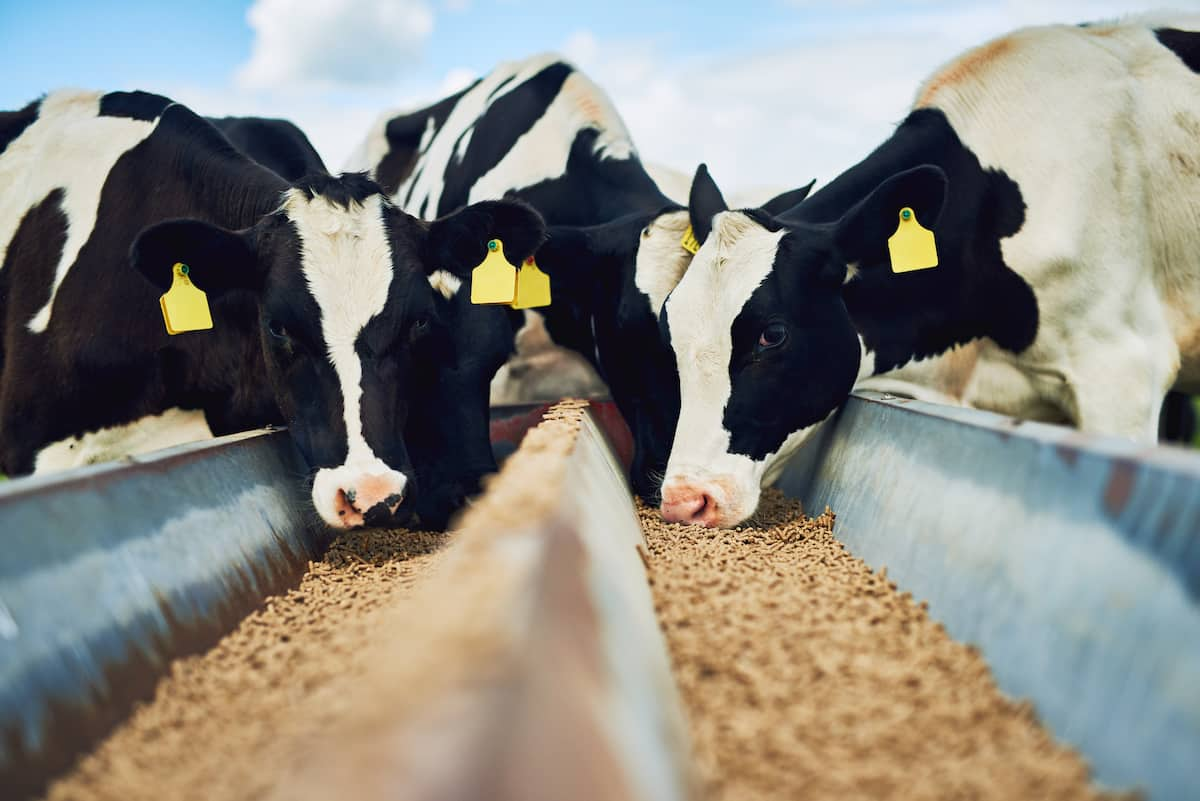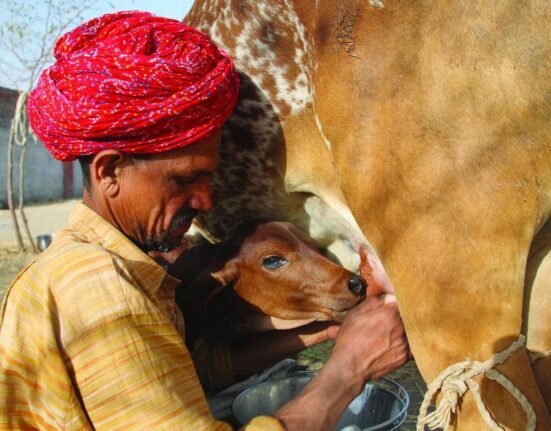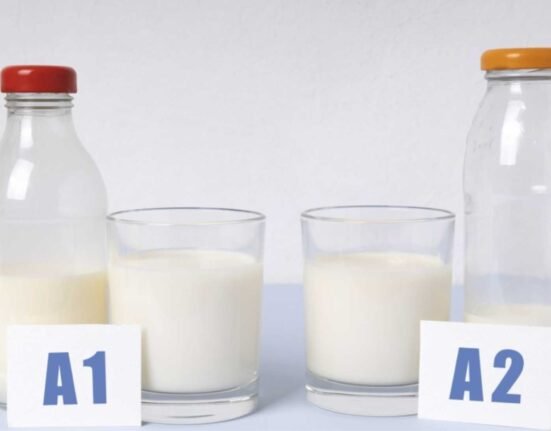Rabobank’s Global Animal Protein Outlook 2025 forecasts a modest increase in global animal protein production, with seafood and poultry leading the expansion. However, for the dairy industry, this evolving landscape presents both challenges and opportunities. As sustainability, biosecurity, and shifting consumer demand reshape the sector, dairy producers must adapt to remain competitive.
Dairy Market Dynamics in 2025
While the Rabobank report primarily highlights the growth of seafood and poultry, the implications for dairy are significant. Milk production in key regions is expected to remain stable, with minor fluctuations influenced by feed costs, weather patterns, and evolving trade policies. Unlike beef, which faces a decline in production, dairy remains resilient due to sustained demand for value-added products such as Skimmed Milk Powder (SMP), Whole Milk Powder (WMP), Milk Protein Concentrates (MPC), and dairy-based functional ingredients.
However, regional disparities will shape the global dairy market. Oceania and the EU-27+UK are likely to maintain steady production levels, while China and India are expected to witness moderate growth driven by rising domestic consumption and government-backed dairy development programs. In contrast, North America and Southeast Asia may experience a slowdown, with inflation and shifting consumer preferences playing a role.
Key Challenges and Opportunities for Dairy Producers
1. Global Trade Uncertainty & Policy Shifts
Rabobank highlights geopolitical tensions, protectionist policies, and potential trade barriers as major concerns for the animal protein industry in 2025. Dairy exporters, particularly in New Zealand, the EU, and the US, must remain vigilant as changes in tariffs or regulatory frameworks could impact supply chains.
For Indian dairy players entering the global market, this may present an opportunity to fill supply gaps. Companies investing in high-value dairy ingredients, infant nutrition, and health-focused dairy innovations could gain a competitive edge in markets affected by trade disruptions.
2. Biosecurity & Disease Management
The growing focus on biosecurity in livestock and poultry will likely extend to dairy farming as well. Rabobank suggests that advancements in genetics, vaccines, and AI-driven monitoring will play a crucial role in disease management across the protein sector. Dairy farms investing in proactive health management and digital tracking systems will not only reduce herd losses but also strengthen export potential, as international buyers increasingly demand disease-free certification and transparent supply chains.
3. Sustainability & Climate Adaptation
Sustainability remains a central theme in the 2025 outlook. Rabobank emphasizes that nature-related regulatory pressures and climate action policies will drive strategic decisions for protein producers. For dairy, this means increased scrutiny on carbon emissions, water usage, and sustainable feed sourcing.
Leading dairy players are already moving towards low-carbon dairy production through initiatives such as:
- Methane-reducing feed additives
- Manure management and biogas production
- Regenerative agriculture to enhance soil health and reduce emissions
Rabobank’s report suggests that regulatory frameworks around environmental impact reporting will tighten, requiring dairy businesses to invest in carbon footprint tracking and sustainable certification programs.
4. Evolving Consumer Preferences
As seafood and poultry gain market share, dairy producers must innovate to maintain their position in the protein economy. Rabobank notes that functional and high-protein dairy products are expected to remain in demand, particularly in segments such as:
- Sports nutrition and protein-enriched dairy beverages
- Lactose-free and plant-dairy hybrid products
- Gut-health-focused dairy formulations, including probiotics and fermented products
Additionally, premiumization of dairy—offering organic, grass-fed, and A2 milk products—will help brands stand out in competitive markets.
What Lies Ahead for Dairy in 2025?
Despite shifts in the broader protein landscape, dairy remains a crucial pillar of global nutrition. While growth in seafood and poultry might reshape consumer protein choices, dairy’s adaptability in functional foods, sustainability, and health innovation will determine its long-term success.
For dairy businesses, the key takeaways from Rabobank’s report include:
- Strengthening supply chain resilience in response to trade uncertainties.
- Investing in biosecurity and precision dairy farming for herd health management.
- Committing to sustainability practices to meet evolving global regulations.
- Innovating in high-value dairy segments, such as protein concentrates and gut-health products.
As the dairy industry navigates 2025 and beyond, aligning with these trends will be crucial for staying ahead in an increasingly complex protein economy.
Report Link: Animal Protein Outlook – Rabobank







